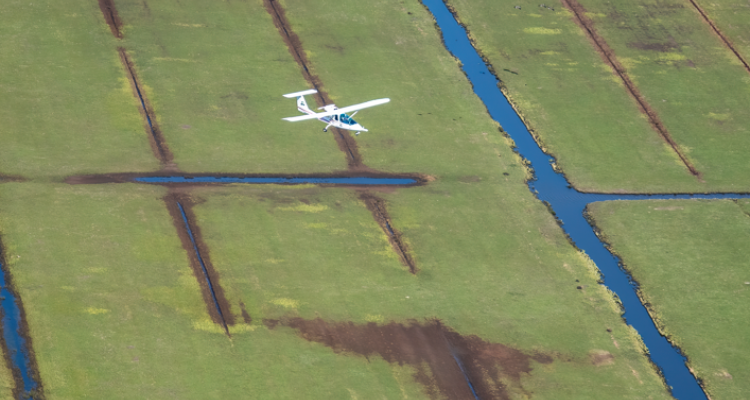
Project
National research program on greenhouse gas emissions from peat meadows
Research introduction
The typical Dutch dairy farm meadow landscape on peat soils – the ‘peat meadows’ – are subsiding as a consequence of agricultural use which requires drainage. Subsidence is caused by oxidation of the peat when the ground water level is reduced and the peat aerated. The government of the Netherlands has, as part of its national climate programme, set itself a target to substantially reduce the greenhouse gas emissions (mainly CO2) from these landscapes. The National research programme on greenhouse gas emissions from peat meadows (NOBV), led by research institute Deltares and executed by a consortium of Dutch Universities and institutes, aims to set up a measurement and monitoring system across the country to quantify both the absolute emissions and the effect of various mitigation measures.
Research challenges
WSG contributes to this consortium by implementing measurements of CO2 and CH4 (and N2O) emissions from a range of peat meadow parcels in Friesland, South Holland and Utrecht. Our main objective is to understand the variability across the landscape and scale up from parcel to region. The associated PhD project will carry out much of this upscaling research.
We focus on using the Eddy Covariance technique based on short towers as well as on an airborne platform (a small aircraft). We also take care of a large number of meteorological stations for NOBV, collaborate with TNO on N2O emission measurements and with the Ruisdael observatory and ICOS on national and international embedding of the data collection.